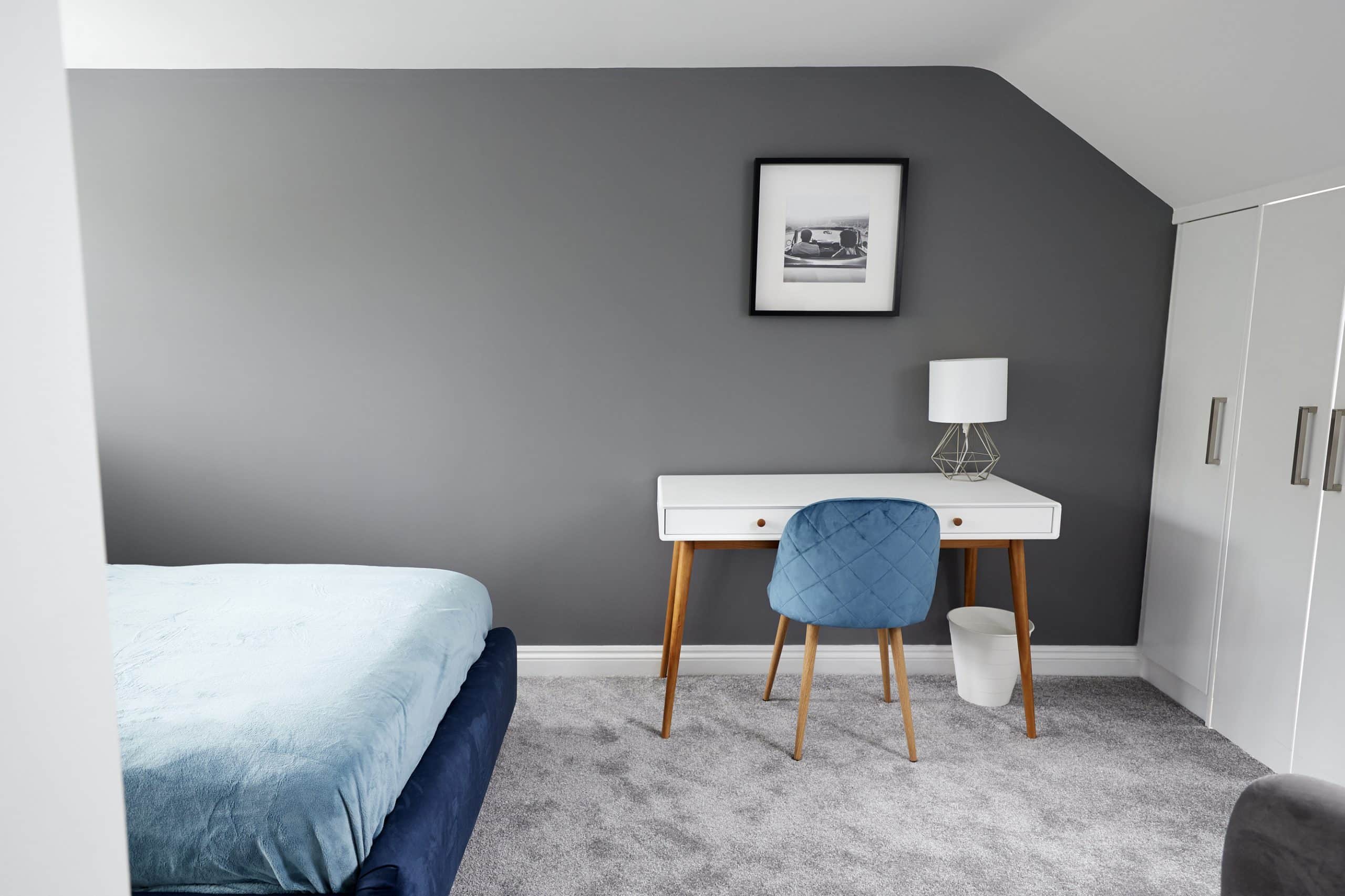Many of you might have seen a Grade II listed building and thought about the potential it holds for conversion into apartments. But the question arises, what does it take to transform such a historic property into a modern living space? Is it about just buying the property and starting the building work? Or does it involve a more complex process?
There’s no simple answer, but the process is quite intricate. It entitles not only dealing with the physical structure of the house, but also handling the legal and planning aspects. But don’t worry, this guide will walk you through every step you need to take to convert a Grade II listed building into apartments.
Also to read : How to Incorporate Modern Architecture in Conservation Areas While Preserving Character?
Understanding the Significance of a Grade II Listed Building
Let’s start with understanding what a Grade II listed building actually is. These are buildings of special interest that warrant every effort to preserve them. Being listed means the building, whether it’s a house, a barn, a bridge, or any other type of structure, is legally protected. Hence, any changes to it, including partial or total demolition, extension, or alteration, require permission from your local conservation officer.
Securing Ownership and Planning Permission
The first step to convert a Grade II listed building into apartments is, of course, to acquire the property. Once ownership is secured, you’ll need to obtain planning permission for the proposed conversion. You can’t start any work on your property until you get this permission.
Have you seen this : What Are the Essential Features of Smart Commercial Buildings for Post-Covid Business Needs?
This stage involves a detailed process where you must demonstrate what changes you propose and how these will affect the building’s character. It might involve providing plans for the construction work, including detailed drawings, technical specifications, and a report on the building’s condition.
Your local planning department will be your first point of contact. They will offer guidance on how to navigate the application process and help you understand what information is required. It’s crucial that your proposal respects the building’s character and the local environment.
Designing Your Conversion
Once you have the necessary permissions, the next step is designing your conversion. This involves working with architects and builders who specialize in working with listed buildings. They will help create a design that not only meets your needs but also respects the building’s historical value.
The design process may involve several drafts as you refine your vision, taking into account the building’s unique features, structural limitations, and consent conditions. The final design should balance modern living requirements with the need to preserve the building’s character.
You must also consider how the conversion will be used. If you plan to create several apartments, think about how you will divide the space and how each apartment will function. Also, consider the communal areas, access points, and shared facilities.
Implementing the Conversion
The actual work of converting the building into apartments is the next phase. This involves a range of tasks like demolition, building, and finishing.
Working with listed buildings, you will need to carefully consider materials and techniques used. Many traditional materials require specialist skills to work with, and this can affect both the cost and timeline of your project.
This stage of the conversion process is also likely to involve professionals like structural engineers and heritage consultants. Their job is to ensure the conversion work adheres to the building’s listed status while also making sure the property is safe and habitable.
Throughout the conversion process, it’s important to remain in contact with your local planning department. They will need to check your work at various stages to ensure it complies with the agreed plan.
Selling or Renting the Apartments
Once the conversion is complete, the final step is to market the apartments. This could involve selling them, or you might choose to rent them out.
When marketing these apartments, keep in mind that they are not just any regular property. They are part of a listed building, and this adds significant value. Make sure potential buyers or tenants are aware of this, and highlight the features that make the property unique – such as original architectural features or the building’s historical significance.
It’s also worth considering using an estate agent who specializes in listed properties, as they will have the expertise to market these homes effectively.
In reality, converting a Grade II listed building into apartments is a complicated process, but with the right planning, professional advice, and a respectful approach to the building’s history, it’s certainly possible. And the result? A unique property that combines historical charm with modern living, offering a truly unique place to live.
Dealing with Building Regulations and Historic England
When dealing with a Grade II listed building, it’s crucial to keep in mind the importance of building regulations. These regulations ensure that the building’s character and historical significance are preserved during its conversion into apartments. Violating these regulations can lead to serious penalties, including a hefty fine or even a jail term.
To make sure you’re following the rules, you’ll need to apply for building consent from your local authority. This consent is needed for all works to a listed building that would affect its character as a building of special architectural or historic interest. This process is separate from planning permission, but just as vital.
Building consent is not granted lightly. The local authority will want to see that the proposed works do not harm the building’s character. Therefore, it’s essential to have detailed plans of the proposed works, which might include technical drawings, structural reports, and heritage statements.
Working with Historic England can also be beneficial. This body is responsible for maintaining the National Heritage List for England and they can offer invaluable advice on how to care for and work with listed buildings. They can guide you on how to sensitively convert commercial property into flats while maintaining the property’s historic integrity.
Throughout this process, consider collaborating with experts like architects, builders, and interior designers who have experience with listed buildings. They can provide valuable insights into how to make your project a success without compromising the building’s unique character.
The Role of Loft Conversion in Residential Conversion
In some cases, a loft conversion can be an excellent way to maximize the use of space in a Grade II listed building. However, this is not always straightforward. Loft conversions are a type of permitted development, but this doesn’t always apply to listed buildings.
A loft conversion in a listed building needs to be handled carefully. The key is to ensure that the conversion does not negatively impact the building’s historical or architectural significance. This might involve preserving original features like exposed beams or using materials that match the rest of the building.
While loft conversions can be a great way to add additional living space, they can also be challenging. Working with a professional who is experienced in dealing with listed buildings can help. They can guide you on the best way to approach the project, ensuring that the resulting apartments are both functional and respectful of the building’s historical significance.
Moreover, it’s important to consult with your local authority. They’d be able to provide you with guidelines on what’s permissible and what’s not when it comes to converting the loft of a listed building into flats.
Conclusion
Converting a Grade II listed building into apartments is certainly not a simple task. But with careful planning, respectful design, and adherence to regulations, it can result in a truly unique and desirable residential property.
The process may seem daunting at first, but remember, every step taken is towards preserving a piece of history. Working closely with the local authority, Historic England, and professionals who specialize in dealing with listed buildings will make the process smoother and more predictable.
In the end, the challenges faced during the conversion process can be viewed as opportunities to learn, innovate, and create something truly unique. The satisfaction of seeing a historic building given a new lease on life, combined with the potential for a successful commercial venture, makes the endeavor worthwhile.
So, while this guide does not cover every single detail, it serves as a great starting point. It outlines the steps needed to transform a Grade II listed building into apartments, offering a unique blend of modern living within a historic setting. And that’s something truly special.






